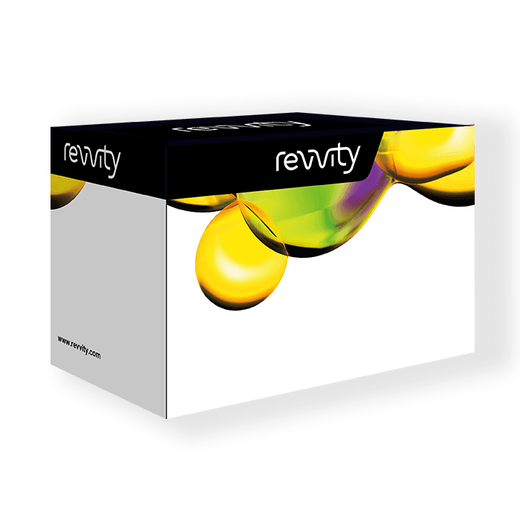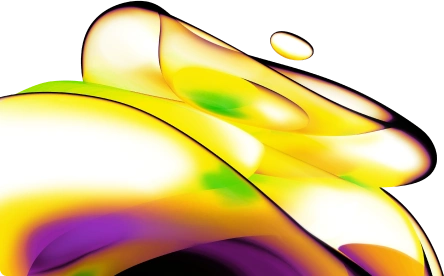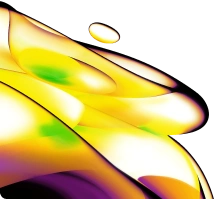

HTRF SARS-CoV-2 S1/ACE2 Binding Kit, 500 Assay Points






The SARS-CoV-2 S1/ACE2 binding kit is designed to identify inhibitor or S1/ACE2 interactions.
For research use only. Not for use in diagnostic procedures. All products to be used in accordance with applicable laws and regulations including without limitation, consumption & disposal requirements under European REACH regulations (EC 1907/2006).
Product information
Overview
ACE2 is a human cell surface receptor that has been identified as the main point of entry for SARS-CoV-2 virions, which match and bind ACE2 with their own viral Spike protein S1 subunits. This interaction is therefore a key target in COVID-19 therapeutic research, as its inhibitors may yield a protective effect by preventing SARS-CoV-2 entry into cells. For this reason, protein-protein interaction assays suitable for ACE2-Spike inhibitor screening are relevant to current research.
Specifications
| Assay Points |
500
|
|---|---|
| Assay Target Type |
Kit
|
| Assay Technology |
HTRF
|
| Brand |
HTRF
|
| Quantity |
1
|
| Shipping Conditions |
Shipped in Dry Ice
|
| Therapeutic Area |
Infectious Diseases
|
| Unit Size |
500 Assay Points
|
Video gallery


How it works
Assay principle
The PPI S1/ACE2 binding is mimicking the binding of the Spike S1 protein of SARS-CoV-2 to the Angiotensin Converting Enzyme 2 (ACE2) receptor found on the surface of type I and II pneumocytes, endothelial cells, and ciliated bronchial epithelial cells. This kit should help to identify drugs or antibodies which could interfere or prevent from SARS-CoV-2 infection.

Assay protocol
4 µL of the sample is added to a 384 LV volume plate. The sample could be a protein, an Ab or a potential drug. 8 µL of labeled S1 with d2 and 8µl of ACE2 labeled with cryptate are added to the same well. The plate is incubated 24h at +4°C before reding on a specific time resolved fluorescence reader.

Assay validation
Validation of S1/ACE2 binding kit with unlabeled S1 and ACE2 proteins
4 µL of the unlabeled S1 or ACE2 proteins were dispensed into a 384 LV volume plate. 8 µL of labeled S1 with d2 and 8µl of ACE2 labeled with cryptate were added to the same wells. The plate was incubated 24h at +4°C before reading on a special time-resolved fluorescence reader.

Validation of S1/ACE2 binding kit with neutralizing Ab control
4 µL of the neutralizing Ab were added to a 384 LV volume plate. 8 µL of S1 labeled with d2 and 8µl of ACE2 labeled with cryptate were added to the same wells. The plate was incubated 24h at +4°C before reading on a special time-resolved fluorescence reader.

Resources
This guide provides you an overview of HTRF applications in several therapeutic areas.

SDS, COAs, Manuals and more
Are you looking for technical documents for this product. We have housed them in a dedicated section., click on the links below to explore.


How can we help you?
We are here to answer your questions.






























